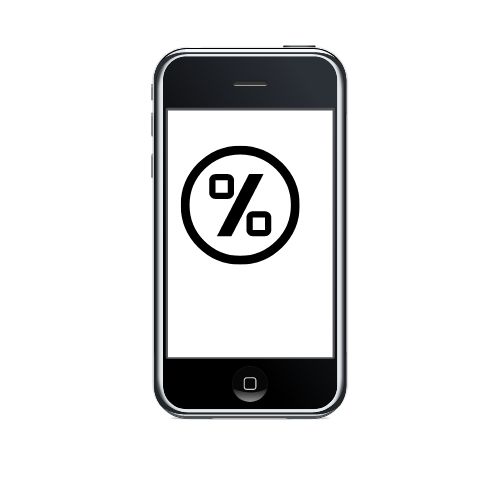The benefit-cost ratio (BCR), which can be expressed in monetary or qualitative terms, is a statistic that shows how the relative expenses and benefits of a proposed project are linked. If a project’s BCR is greater than 1.0, it is expected to give a company and its investors a positive net present value. A project should not be considered if its BCR is less than 1.0 since its costs outweigh its advantages.
In capital planning, benefit-cost ratios (BCRs) are frequently used to assess the total financial value of starting a new project. However, because there are so many assumptions and uncertainties that are difficult to quantify, cost-benefit evaluations for large projects can be challenging to get right. This explains why there are typically a variety of possible BCR outcomes.
The BCR is typically used to gain a general understanding of a project’s viability and how much the internal rate of return (IRR) exceeds the discount rate, which is the company’s weighted-average cost of capital (WACC), or the opportunity cost of that capital. However, the BCR does not give any indication of how much economic value will be created.
The anticipated total cash benefit of a project is divided by the proposed total cash cost of the project to determine the BCR. The terminal values, including salvage and clean-up expenses, are taken into consideration when calculating the net present value of the various cash flows during the estimated project duration.
BCR= Present Value of the benefits from the project / Cost of the project
